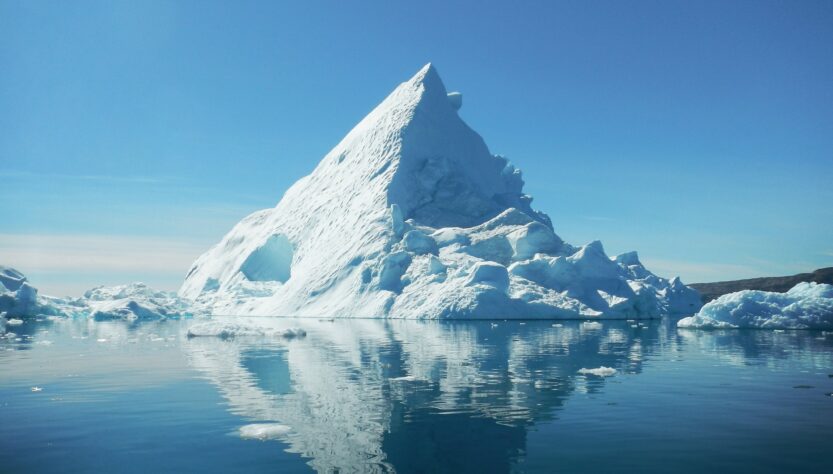However deep the concerns about the bearings of COVID-19 or of the looming US presidential elections may be, there is a plenty of longer-term challenges (and opportunities, by the same token). The global warming, among many other things, makes circumpolar seas more open for navigation. From the field of scientific exploit and nuclear deterrence it is starting to turn into a commercially viable sea route.
At present, the clear leader here is Russia that places a high priority to development of its far-north. It has a formidable fleet of icebreakers already, including five nuclear-powered vessels: two heavy ones that can negotiate ice of up to 2.25 meters thick, two ones suitable for work in relatively shallow estuaries of great Siberian rivers, and the Sevmorput lichter-carrier (the world’s only commercial nuclear vessel in operation). A new-generation Arktika icebreaker has been commissioned recently by Baltiisky Shipyards in St.Petersburg, capable of navigation across 2.9 meter ice, and four more ships of the same class are expected to reach the service by 2030. They have variable draft, so they are both sea- and river-worthy. Besides this, three Lider-class icebreakers of even greater capacity (up to 4 meters of ice) are to be built.
No less important, Russia, together with Sweden, Finland and Canada, has a history of developing and building a fleet of ice-capable commercial vessels that are the necessary complement to the ice-breakers. Soviet ships of Lena, Amguema and Norilsk series came into service in 1950s-1990s. They were mostly built as general cargo / bulk carriers. Yet the development of natural gas extraction in the regions adjacent to the polar sees, along with formation of global LNG market, brings about new classes of technologically-advanced vessels, ice-capable LNG carriers.
Naturally, other leading global powers start to pay attention to this domain, too. China obtained observer status with the Arctic Council in 2013, and declared itself a “near Arctic state” in Jan 2018, with the “Polar Silk Road” plan. Its own ocean-faring icebreaker fleet is currently small with two vessels, but the plans abound – e.g. to build ice-capable LNG tankers by a JV between Socso and Sovmorflot funded by Novatek and Silk Road Fund. We have all witnessed the astonishing speed and scale of infrastructure build-up China is capable of, and running shipbuilding programs of both commercial and geopolitical importance is probably one of good ways to support the national economy in the time of COVID crisis, and by the same token to achieve some longer-term strategic goals.
In the light of the present entente between Russia and PRC, the US views the Arctic area as a new frontier to defend. The US Congress considers building six more icebreakers to add to the existing two. Other major sea-faring nations, including Japan and S.Korea, have a plenty of shipbuilding capacity and competencies to go after the new promising market segment. Nuclear propulsion may be a costly exotics (few countries in the world do the necessary technologies on an operational level), but conventional ice-capable vessels come – as a matter of fact, Russia placed an order for 29 such vessels for Yamal LNG Project, including 15 LNG tankers. The present economic downturn and a glut of hydrocarbons may delay or scale down such plans, but is unlikely to cancel it outright. After all, the Arctic is estimated to hold about one-third of all undiscovered natural gas reserves (plus 13% of oil reserves), and the present shift towards more ecologically-friendy types of fossil fuel means there will be more demand in the years to come.
So what may all this mean for industries beyond the shipbuilding? Extra demand for special steel alloys capable of withstanding mechanical loads under very low temperatures, for rubber and plastic (along with technical fluids like lubricants) to work under these extreme conditions, and for Arctic-hardened UAVs capable of searching for easier ways across the ice fields by optical, IR and radar tools. As the powers of the West playing catch-ip in the Arctics, and commercial goods flow likely to grow over there, this looks like a range of interesting niche business opportunities.
